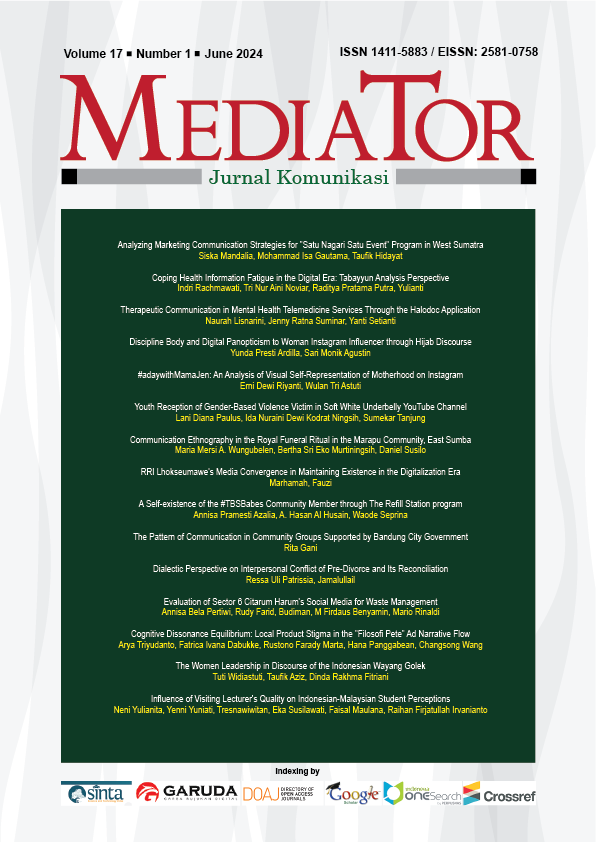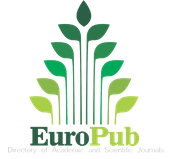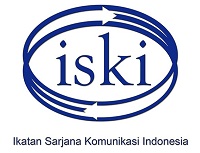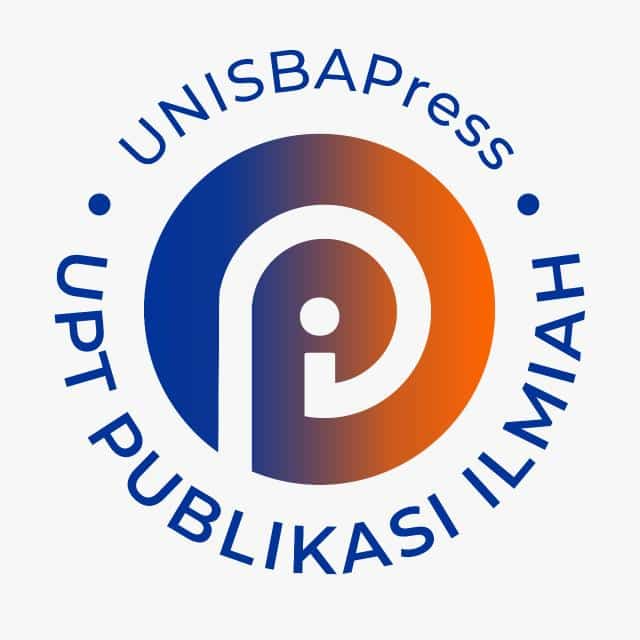Coping Health Information Fatigue in the Digital Era: Tabayyun Analysis Perspective
DOI:
https://doi.org/10.29313/mediator.v17i1.2657Keywords:
digital age, health information, tabayyun, muslim familyAbstract
The Indonesian Government imposed social distancing to contain the spread of novel coronavirus disease 2019. Enforcement of these regulations makes social media prevalent for seeking medical information after pandemic. Experiencing overload information can make individuals feel fatigued while processing the information they receive, including health information amidst the COVID-19 pandemic. Tabayyun is an attempt to find out unclear information by checking information. This means that tabayyun process involves checking and selecting information carefully. This article is a descriptive research report that tries to describe the attitude of tabayyun to Muslim families in receiving health information, especially in the digital era. Specifically, this research aims to give details of The tabayyun attitude that must be developed in the digital era and The behavior of Muslim families when doing tabayyun via social media. How individuals behave when receiving information needs to be developed to anticipate the overload caused by the rapid flow of health information. The findings showed that attitude of tabayyun was crucial in receiving various health information. The habit of constantly checking the health information received needs to be trained and applied
References
Arisanty, M., & Wiradharma, G. (2022). The motivation of flaming perpetrators as cyberbullying behavior in social media. Jurnal Kajian Komunikasi, 10(2), 215–227.
Bawden, D., & Robinson, L. (2020). Information Overload: An Introduction. In Oxford Research Encyclopedia of Politics.
Christin, M., Hidayat, D., & Rachmiatie, A. (2021). Construction of Social Reality for Physical Distancing During the COVID-19 Pandemic. Jurnal Komunikasi, 13(1), 1–19.
Edmunds, A., & Morris, A. (2000). The Problem of Information Overload in Business Organizations: a Review of Literature. International Journal of Information Management, 17–28.
Gralinski, L. E., & Menachery, V. D. (2020). Return of the coronavirus: 2019-nCoV. Viruses, 12(2), 1–8.
Gunara, T. (2009). Komunikasi Rasulullah: Indahnya Berkomunikasi Ala Rasulullah. Bandung: Simbiosa Rekatama Media.
Hakim, L. (2019). Jurnalisme Islam di Tengah Transformasi Jurnalistik Digital. Jurnal Komunikasi Islam, 9(2), 314–338.
Hernawati, R., Palapah, M. A. O., & Noviar, T. N. A. (2022). Communnication Strategy of Private University’s PR Practiticioners to Attract Student’s Interest In Time Of Covid-19 Pandemic. Mediator: Jurnal Komunikasi, 15(1), 78–90.
Hidayanto, S., & Nurhaliza, W. O. S. (2022). Kelelahan Media Sosial Selama Pandemi Covid-19 Di Kalangan Social Media Officer: Pemicu, Konsekuensi, Dan Kebijakan. Jurnal Ilmu Komunikasi UHO : Jurnal Penelitian Kajian Ilmu Komunikasi Dan Informasi, 7(4), 579.
Iriantara, Y. (2017). Literasi Media: Apa, Mengapa, dan Bagaimana. Bandung: Simbiosa Rekatama Media.
Jalaluddin. (2018). Psikologi Pendidikan Islam. Yogakarta : Pustaka Pelajar.
Katz, V. S. (2010). How Children of Immigrants Use Media to Connect Their Families to the Community. Journal of Children and Media, 4(3), 298–315.
Kriyantono, R. (2020). Teknik Praktis Riset Komunikasi. Jakarta: Kencana Prenada Media Group.
Kusumalestari, R. R., Satriani, A., Permatasari, A. N., Anjani, M., & Nadifah, N. N. (2021). Gen Z’s Reception of Covid-19 Information on Digital Media. Mediator, 14(2), 157–167.
Latifa, A., & Setiawan, B. (2019). Strategi Public Relations Radio Geronimo Yogyakarta dalam Mempertahankan Citra Perusahaan. Mediator, 12(2), 189–198.
Leonita, E., & Jalinus, N. (2018). Peran Media Sosial Dalam Upaya Promosi Kesehatan: Tinjauan Literatur. INVOTEK: Jurnal Inovasi Vokasional Dan Teknologi, 18(2), 25–34.
Meilinda, N., Prabujaya, S. P., & Murti, K. (2018). Pola Pencarian Informasi Tentang Reproduksi Seksual Pada Mahasiswa Universitas Sriwijaya. Jurnal Riset Komunikasi, 1(1), 128–135.
Mohammed, M., Sha’aban, A., Jatau, A. I., Yunusa, I., Isa, A. M., Wada, A. S., Obamiro, K., Zainal, H., & Ibrahim, B. (2022). Assessment of COVID-19 Information Overload Among the General Public. Journal of Racial and Ethnic Health Disparities, 9(1), 184–192.
Noor, M. . (2018). Penilaian kualitas informasi sebagai bentuk sikap tabayyun ketika menerima informasi di sosial media dan internet. BIBLIOTIKA:Jurnal Kajian Perpustakaan Dan Informasi, 2(1), 33–40.
Noviar, T. N. A., Zulfebrigez, Chatamallah, M., & Iskandar, D. (2021). Komunikasi Terapeutik Keluarga Muslim di Bandung: Analisis Fungsi Narasi dan Keteladanan. Jurnal Komunikasi Islam, 11(1), 63–87.
Nurrahmi, F., & Syam, H. M. (2020). Perilaku Informasi Mahasiswa dan Hoaks di Media Sosial. Communicatus: Jurnal Ilmu Komunikasi, 4(2), 129–146.
Pahlevi, R. (2023). APJII: Penetrasi Internet Indonesia Capai 77,02% pada 2022.
Pardianto, P. (2017). Komunikasi Agama dan Kearifan Lokal: Dimensi Pesan dan Saluran Komunikasi Agama Masyarakat Mamala Maluku. Jurnal Komunikasi Islam, 7(2), 297–326.
Prastyo, B., Ashari, M. A., & Marhan. (2020). Konsep Tabayyun menurut Buya HAMKA dan Implementasinya pada Praktikum Kimia di Rumah (Studi Kasus Berita Hoaks COVID-19). Journal of Educational Chemistry, 2(2), 83–96.
Qian, M., & Jiang, J. (2022). COVID-19 and social distancing. Journal of Public Health (Germany), 30(1), 259–261.
Rahadi, D. R. (2017). Perilaku Pengguna Dan Informasi Hoax Di Media Sosial. Jurnal Manajemen Dan Kewirausahaan. Jurnal Manajemen Dan Kewirausahaan, 5(1), 58–70.
Raharjo, N. P., Rozi, B., Burhani, R., & Raya, M. K. F. (2020). Indeks Literasi Digital Muslim Milenial di Indonesia. Jurnal Komunikasi Islam, 10(2), 370–408.
Rianto, P. (2016). Media Baru, Visi Khalayak Aktif dan Unrgensi Literasi Media. Jurnal Komunikasi, 1(2), 90–96.
Rivers, W. L., W, J. J., & Theodore, P. (2012). Media Massa dan Masyarakat Modern (Edisi Kedua). Jakarta: Prenada Media.
Rubin, V. L., Yimin, C., & Conroy, N. K. (2015). Deception Detection for News: Three Types of Fakes. ASIST, 1–4.
Safitri, P. N., Astuti, S. I., Hidayah, N., & ... (2021). When Politics and Religion Become Disaster: An Annual Mapping of Hoax in Indonesia. Ultimacomm: Jurnal Ilmu Komunikasi, 13(2), 343–357.
Sari, Y., & Prasetya, H. (2022). Literasi Media Digital pada Remaja, Ditengah Pesatnya Perkembangan Media Sosial. Jurnal Dinamika Ilmu Komunikasi, 8(1), 12–25.
Saud, M., Mashud, M., & Ida, R. (2020). Usage of social media during the pandemic: Seeking support and awareness about COVID-19 through social media platforms. Jurnal of Public Affairs, 20(4), 1–9.
Supriadi, Y., Drajat, M. S., Saleh, N. L., R., A. S., & Huda, A. S. N. (2020). The Role of the West Java Indonesian Broadcasting Commission (KPID) in Preventing Citizen Panic Related to News and Information Regarding Covid-19. Mediator: Jurnal Komunikasi, 13(2), 167–177.
Tamburaka, A. (2013). Literasi Media: Cerdas Bermedia Khalayak Media Massa. Depok: PT. Raja Grafindo Persada.
Tsaniyah, N., & Juliana, K. A. (2019). Literasi Digital Sebagai Upaya Menangkal Hoaks di Era Disrupsi. Al Balagh Jurnal Dakwah Komunikasi, 4(1), 121–140.
Uran, P., Shazleen, M., & Aziz, A. A. (2022). Disseminating Information Through Social Media During Covid-19 Pandemic Among University Students. Jurnal Komunikasi: Malaysian Journal of Communication, 38(2), 265–279.
West, R., & Turner, L. H. (2017). Pengantar Teori Komunikasi: Analisis dan Aplikasi (Edisi 5). Jakarta: Salemba Humanika.
Wilson, T. D. (1999). Models in information behaviour research. Journal of Documentation, 55(3), 49–56.
Wilson, T. D. (2000). Human information behavior. Informing Science, 3(2), 49–55.
Wu, Z., & McGoogan, J. M. (2020). Characteristics of and Important Lessons From the Coronavirus Disease 2019 (COVID-19) Outbreak in China. Jama, 323(13), 1239–1242.
Yulianti, Noviar, T. N. A., & Muslim, R. Z. (2022). Gambaran Fungsi Keluarga pada Remaja Akhir. Anterior, 21(3), 38–42.
Downloads
Published
Issue
Section
License
Copyright (c) 2024 Indri Rachmawati, Tri Nur Aini Noviar, Raditya Pratama Putra, Yulianti

This work is licensed under a Creative Commons Attribution-ShareAlike 4.0 International License.
























